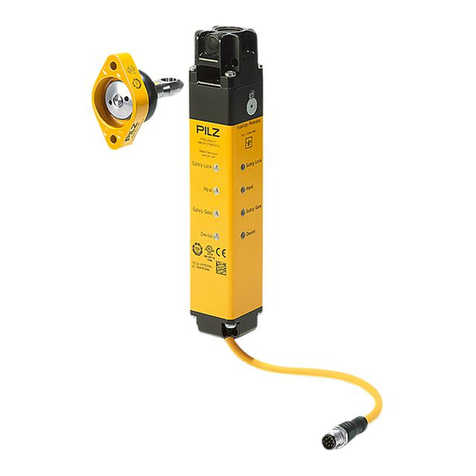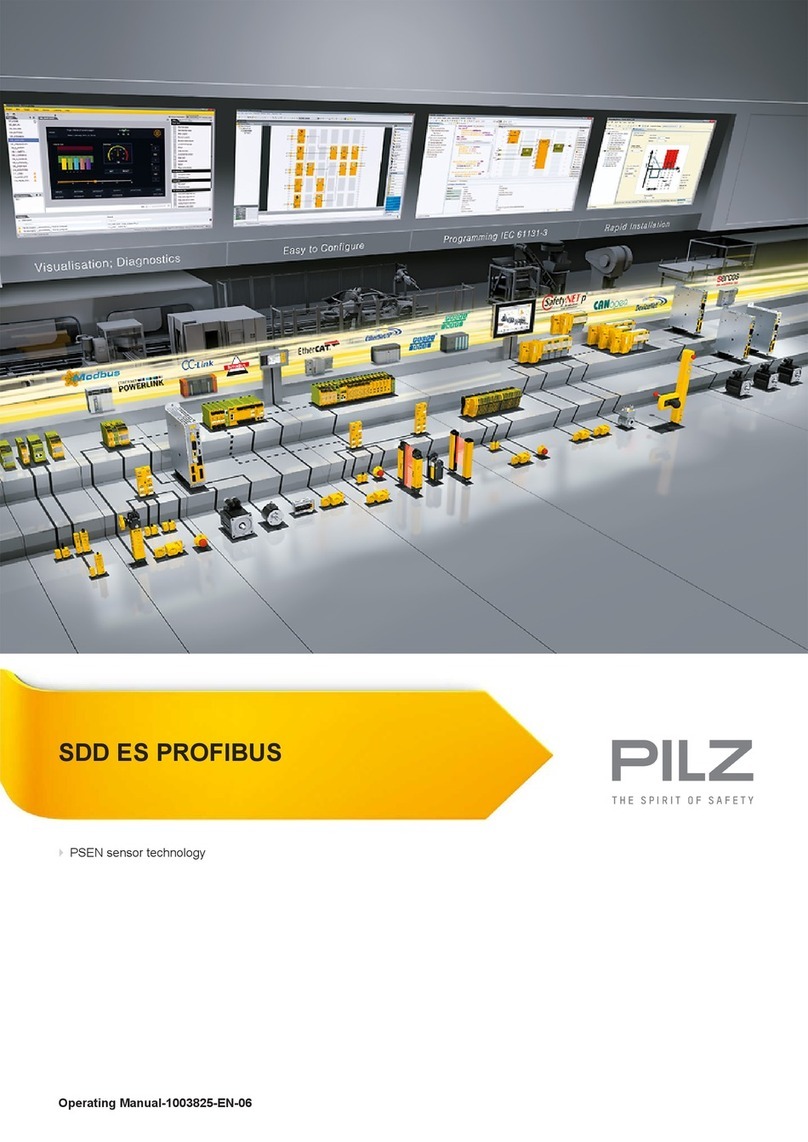
Contents
Operating Manual PCOM sec br2
1004534-EN-04 | 3
1 Introduction ............................................................................................................................ 5
1.1 Validity of documentation.......................................................................................................... 5
1.2 Using the documentation .......................................................................................................... 5
1.3 Definition of symbols................................................................................................................. 5
1.4 Third-party manufacturer licence information ........................................................................... 6
2 Safety ...................................................................................................................................... 7
2.1 Intended use ............................................................................................................................. 7
2.2 Safety regulations ..................................................................................................................... 7
2.2.1 Use of qualified personnel ........................................................................................................ 7
2.2.2 Warranty and liability ................................................................................................................ 8
3 Security ................................................................................................................................... 9
3.1 General guidelines.................................................................................................................... 9
3.2 Defense in depth....................................................................................................................... 9
3.3 Operating environment ............................................................................................................. 10
3.4 Commissioning ......................................................................................................................... 11
3.5 User accounts........................................................................................................................... 11
3.6 Operation .................................................................................................................................. 11
3.7 Decommissioning ..................................................................................................................... 12
4 Overview ................................................................................................................................. 13
4.1 Unit features ............................................................................................................................. 13
4.2 Front view ................................................................................................................................. 14
5 Function description ............................................................................................................. 15
5.1 Block diagram ........................................................................................................................... 16
5.2 VPN tunnel................................................................................................................................ 16
5.3 Input and output........................................................................................................................ 17
5.4 USB memory ............................................................................................................................ 18
6 Installation .............................................................................................................................. 19
6.1 General installation guidelines.................................................................................................. 19
6.2 Dimensions ............................................................................................................................... 19
7 Wiring ...................................................................................................................................... 20
7.1 General wiring guidelines ......................................................................................................... 20
7.2 Connection................................................................................................................................ 20
7.3 Network interfaces .................................................................................................................... 21
8 Configuration ......................................................................................................................... 22
8.1 User interface ........................................................................................................................... 22
8.2 Establish connection to SecurityBridge .................................................................................... 22
8.3 Managing users ........................................................................................................................ 24
8.3.1 Permissions .............................................................................................................................. 24
8.3.2 User groups .............................................................................................................................. 25
8.3.3 Create user ............................................................................................................................... 25
8.3.4 Manage user via RADIUS server.............................................................................................. 25






























